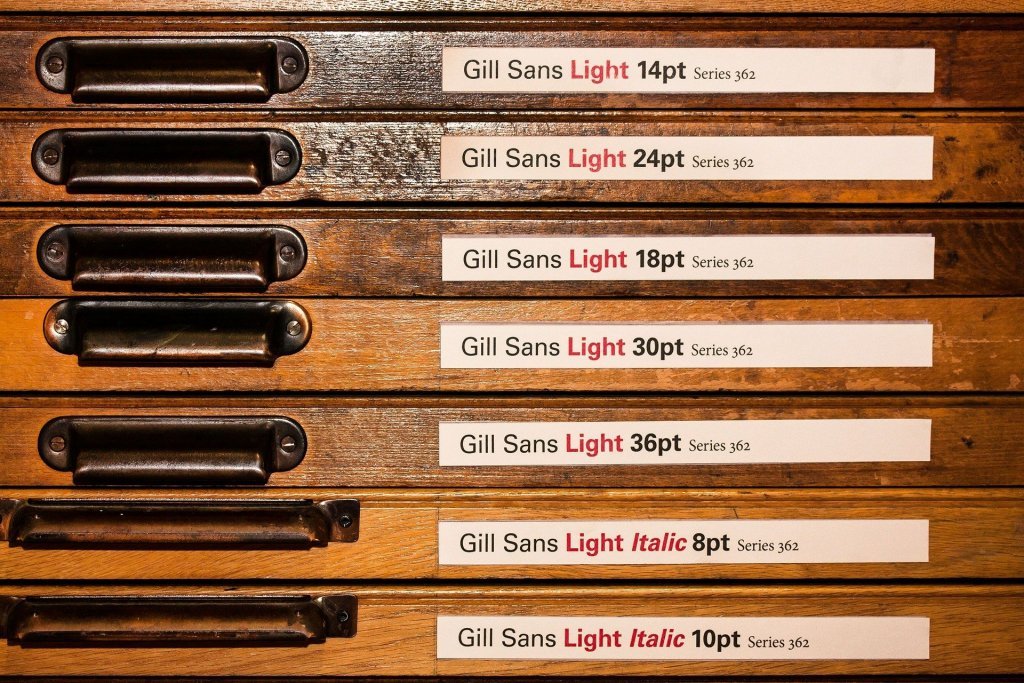Business
Good typography in business websites helps retain customers
Good typography in business websites, coupled with seamless design, can make customer’s visit longer than usual.

It is always a pleasure seeing good typography on business websites. Some would argue for color, and yes, that is a factor. But nothing says seamless more than the marriage of type and design. It fills us design nerds with satisfaction when a user visits a website or reads a magazine. In those few seconds it takes to catch someone’s attention, the user stays for a little while longer because of clean type.
Typography is crucial in getting your message across. It helps sets the tone of your design, from the weights of the letters to the spaces between them. However, it is also important to note that typography is merely a vehicle. It carries content forward instead of overshadowing it.
Good designers have a key understanding of how to balance designing and communicating. As David Jury writes in his book, What is Typography?: “The everyday world in which typography plays an important part is largely invisible. (Until the reader falters at a typo!) For the most part, this is how it should be.”
Here are some tips when considering different typefaces for your website design:
Readability is key
When designing a website, readability is always a priority. Reading on the web is very different than reading in printed form, and the spaces around the words are just as important as the space you allot for the content.
Design Week Portland’s website makes use of two sans serif typefaces that complement each other. Using two weights for the title and making them in all caps makes them stand out while the rest of the text is very easy to read against a solid-colored background.
What’s fascinating about sans serif typefaces is that it makes it easier for the reader to skim throughout the whole block of text quickly. It is comfortable and easy to the eyes, too.

If you have a business website, employing good typography can help retain your customers’ attention. (Source)
Playful, but relevant
Mooncamp’s website, in the meantime, makes use of playful type that feels apt to the brand. The kerning, or the individual spaces between letters, alludes to objects floating in outer space, thus strengthening the astronomy aspect of the design.
Kerning, if used correctly, allows the designer to convey a sense of rhythm – because the letters are a bit farther away from each other, reading is slower, as if you have arrived at the website where there’s less gravity. The website itself employs effects, so the letters are indeed floating, but the beauty of this typography design is that you get the same feeling even if the image is flat/two-dimensional.
Serious, but not too serious
Here we have a combination of serif and sans serif typefaces that works wonderfully for Andolini’s Pizzeria. Typography also helps shape personality, and for this particular business, it shows a commitment to service, a restaurant that works hard, but at the same time, there’s a fun, welcoming element to it that appeals to those who love eating a good ol’ slice, of course.
The power of the visual
All this to say—typography is language, too. For as long as we can speak and write, we have used language in all its forms to exchange ideas. Typography follows the same path. It is visual design. It is both utility and craft. When used responsibly, it can take your design to a level that informs as well as influences, and that is a good trait to have in your web design arsenal.

-

 Markets17 hours ago
Markets17 hours agoCocoa Markets Flat as Supply Improves and Demand Remains Weak
-

 Crypto2 weeks ago
Crypto2 weeks agoBitMine Surpasses 4 Million ETH Holdings Amid Market Volatility
-

 Biotech5 days ago
Biotech5 days agoMedical Research in 2025: A Turning Point for Precision and Personalized Medicine
-

 Impact Investing2 weeks ago
Impact Investing2 weeks agoChristmas Plastic Waste and the Path to Circular, Low-Emission Solutions








![Kevin Harrington - 1.5 Minutes to a Lifetime of Wealth [OTC: RSTN]](https://born2invest.com/wp-content/uploads/2023/12/kevin-harrington-400x240.jpg)
![Kevin Harrington - 1.5 Minutes to a Lifetime of Wealth [OTC: RSTN]](https://born2invest.com/wp-content/uploads/2023/12/kevin-harrington-80x80.jpg)













You must be logged in to post a comment Login